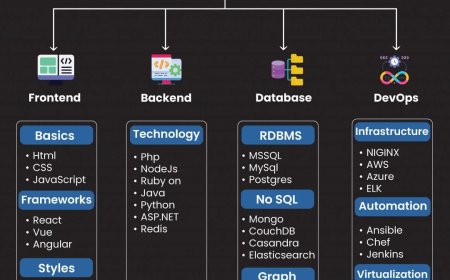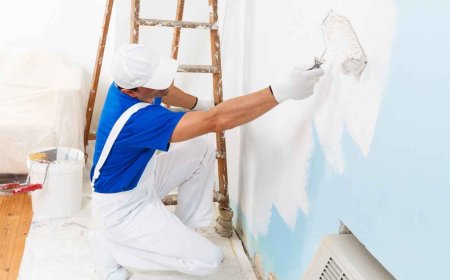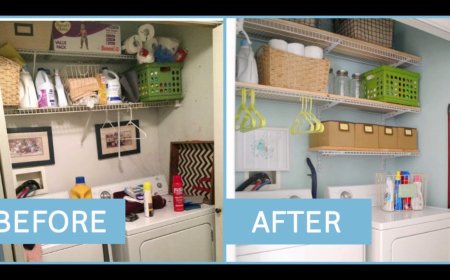Practical Tips for Gathering Worker Suggestions on Safety

In any workplace, big or small, keeping people safe should always be a top priority. While safety policies and equipment are essential, sometimes the most valuable ideas for staying safe come directly from the workers themselves. After all, they are the ones who face risks daily and know what really happens on the ground.
If you want to build a strong safety culture, you need to encourage your team to share their thoughts, report hazards, and suggest better ways to handle risks. This article will guide you through simple, practical ways to collect these suggestions effectively and turn them into real improvements that protect everyone.
Understanding the Value of Worker Suggestions
Before diving into how to gather ideas, lets explore why worker feedback matters so much. Workers often notice small issues that managers or safety officers might overlook. For example, an employee may see that a machine guard is loose or that a spill area is not being cleaned promptly. Reporting these issues quickly can prevent accidents.
One production manager I once met shared a story about how a simple suggestion from a night-shift worker led to a major change in how chemicals were stored. That idea alone prevented costly incident months later. This shows that encouraging ideas can make a big difference.
Also, training plays an important role. Many companies in Pakistan encourage their staff to take safety training like the NEBOSH IGC course in Pakistan to build confidence in spotting hazards and knowing how to report them.
? Searching for Affordable NEBOSH Course Fees in Pakistan? ? Click Here to Compare Prices!
Create a Safe Space for Sharing Ideas
One big reason employees hold back from giving suggestions is fear. They might worry about being blamed or mocked for speaking up. So, the first step is to create an environment where everyone feels comfortable sharing their thoughts.
-
Remind your team regularly that safety is everyones responsibility.
-
Recognise and appreciate people when they report hazards or make suggestions.
-
Never punish or embarrass someone for raising a safety concern.
Use Simple and Accessible Ways to Collect Suggestions
Not everyone is comfortable writing long reports. Make it easy for everyone to share ideas by providing different options. Here are a few methods that work well:
1. Suggestion Boxes
The classic suggestion box still works! Place boxes in break rooms, near entrances, or other busy areas. Make sure theyre easy to reach and that employees know where they are.
2. Open Meetings
Hold regular safety meetings where people can speak freely. Let each team member share their thoughts without fear of interruption. Sometimes a group discussion sparks new ideas.
3. One-on-One Conversations
Some workers prefer to talk privately. Supervisors should check in with team members individually and ask open-ended questions like:
-
Have you noticed anything that could be safer?
-
What would help you feel safer while working?
Train Workers on What to Look For
Sometimes, people dont share suggestions because they arent sure what counts as a hazard. Basic safety training helps a lot. Short sessions, toolbox talks, or refresher briefings teach people how to:
-
Spot hazards
-
Understand near-miss incidents
-
Suggest realistic improvements
Keep the Process Simple and Quick
If giving a suggestion takes too much time, people wont bother. So, keep it simple:
-
Use short forms
-
Allow suggestions by text or chat
-
Dont ask for unnecessary details
One warehouse supervisor told me how they switched from paper forms to a quick online form that workers could fill in 2 minutes during lunch. The number of suggestions doubled within weeks.
Follow Up and Give Feedback
This is the most important part: once someone gives an idea, follow up quickly. Let them know what you did about it. If its useful, put it in place fast. If not, explain why it wont work right now and thank them anyway.
This shows you respect their effort and encourages others to come forward too.
Reward Good Ideas
A small reward goes a long way. You dont need big prizes. A simple thank-you note, a mention in a meeting, or a gift card can motivate people to keep sharing ideas.
One factory I visited has a Safety Star of the Month award for the best suggestion. Workers feel proud and compete in a friendly way to win.
Use Technology to Make It Easier
These days, you can use mobile apps or online portals to gather suggestions instantly. This is great for workers in the field or remote sites. A quick photo and a short note can highlight a hazard immediately.
For example, construction companies often use messaging apps to report safety concerns in real time. Its fast, simple, and workers dont need to fill out long forms.
Analyse and Act on Suggestions
Collecting ideas is only half the work. You also need to sort through them, find common problems, and decide what to do. A good practice is to:
-
Review suggestions weekly
-
Prioritise urgent hazards first
-
Share progress with the whole team
This builds trust and shows that workers ideas really lead to change.
Real-Life Example: How a Simple Suggestion Prevented an Accident
Lets wrap this up with a real story. In a local food factory, a worker suggested adding a warning sign near a slippery floor area that often got wet during cleaning. The manager acted on it the same day and even installed an automatic dryer for the floor. A month later, there was a water leak in the same spot, but thanks to the sign and dryer, no one slipped. One small suggestion saved the company from a potential injury claim and a worker from harm.
? Looking for a NEBOSH IGC Course in Pakistan? ? Click Here to Get Full Details!
How Good Suggestions Reduce Overall Workplace Hazards
Encouraging ideas from workers isnt just about ticking a box. It actually reduces hazards. When workers feel involved, they take more responsibility for their surroundings. They spot small problems before they become big accidents. Over time, this lowers the number of injuries, saves money, and builds a culture where safety comes naturally to everyone.
Final Thoughts
Building a safer workplace is a team effort. When you make it easy for your team to share ideas, treat their suggestions seriously, and act on them quickly, you create a place where people look out for each other. Remember:
-
Make giving suggestions easy
-
Listen without judgement
-
Act fast and appreciate every effort
When everyone works together, youll see fewer accidents, better morale, and a stronger, safer company.






































